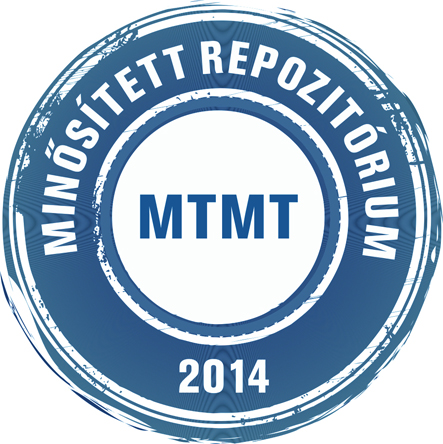Nagymihály Marianna; Szűcs Attila; Kereszt Attila: Next-generation sequencing and its new possibilities in medicine. In: Acta biologica Szegediensis, (59). pp. 323-341. (2015)
Előnézet |
Cikk, tanulmány, mű
59323.pdf Letöltés (1MB) | Előnézet |
Absztrakt (kivonat)
Next-Generation Sequencing (NGS) originally refers to high-throughput, massively parallel sequencing methods that allow the sequencing of up to billions of small (50-1000 bp), amplified DNA fragments at the same time but nowadays, there are NGS techniques that determine the sequence of long (up to 50 kbp) single molecules. Over the past years, NGS technologies become widely available with increasing throughput and decreasing sequencing costs per base making them more cost effective than the previously used capillary sequencing methods based on Sanger biochemistry. Nowadays, high-throughput DNA sequencing is routinely used on a wide range of important fields of biology and medicine enabling large-scale sequencing projects like analysis of complete genomes, disease association studies, whole transcriptomes, methylomes and provide new insights into complex biological systems. In addition, more and more NGS-based diagnostic tools are being introduced into the clinical practice, for example, on the fields of oncology, inherited and infectious diseases or pre-implantation and prenatal genetic screenings.
| Mű típusa: | Cikk, tanulmány, mű |
|---|---|
| Rovatcím: | Reviews |
| Befoglaló folyóirat/kiadvány címe: | Acta biologica Szegediensis |
| Dátum: | 2015 |
| Kötet: | 59 |
| ISSN: | 1588-385X |
| Oldalak: | pp. 323-341 |
| Nyelv: | angol |
| Kulcsszavak: | Biológia molekuláris |
| Megjegyzések: | Bibliogr.: p. 336-339. |
| Feltöltés dátuma: | 2016. okt. 17. 10:36 |
| Utolsó módosítás: | 2018. máj. 25. 12:18 |
| URI: | http://acta.bibl.u-szeged.hu/id/eprint/36071 |
 |
Tétel nézet |



